May 20, 2025
Author:Amanda Lyu
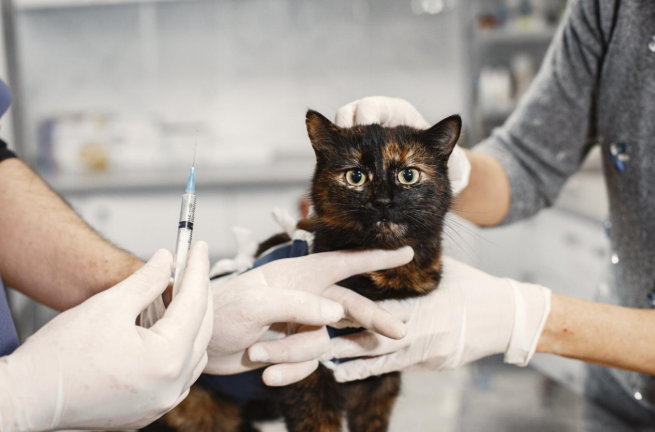
Has your cat got a cold and looked anxious whenever you ventured out in the car? Benadryl is helpful for dealing with allergies or if we have difficulty falling asleep. It is also common for people to offer their cats allergy pills if they have allergy symptoms. But how much to give your cat Benadryl? Let’s learn each part of this topic one by one.
Some individuals who have pets consider CBD to treat their pet’s allergies, motion sickness or just to relax during car trips. Yet, you should see your vet first before you even try this approach. If cats are administered Benadryl, it may cause different complications because it is not designed for them.
You should find out about Benadryl and its effects before giving it to your cat. Here, we describe Benadryl briefly and explain its use by cat owners. I will discuss two topics: what diphenhydramine is and why cats might require it.
Benadryl is the name given to the medicine diphenhydramine. It blocks histamine, so it prevents the symptoms of allergies. Histamine causes itching, swelling or sneezing if you are around something you’re allergic to.
The reason to give your cat Benadryl is that it stops the body’s reactions. When humans have colds, they often take medicine like this, but it should only be used for cats if a vet recommends it.
Occasionally, cat owners may use Benadryl for certain purposes. If your cat gets hurt from a bee or has a reaction to a shot, Benadryl can be used to lessen its swelling or itchiness. It also aids in dealing with chronic allergies brought on by dust or fleas.
It can also relax your cat during the car ride to see the vet or ease motion sickness in some cats. Even so, we can’t solve every issue this way, so let’s continue.
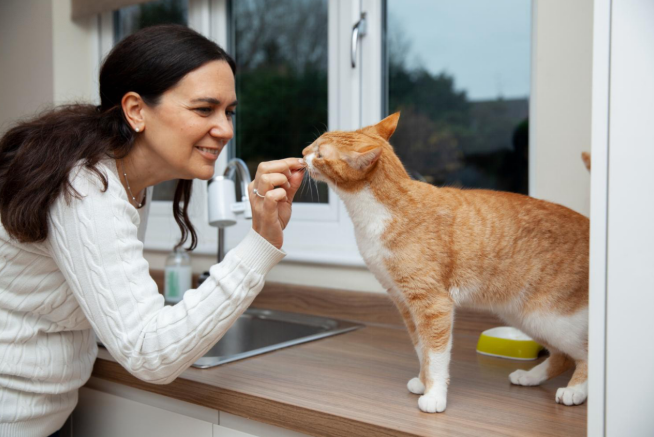
You might be asking, how much give your cat Benadryl safely?” This section answers that by looking at how safe it is and which cats shouldn’t have it. We’ll talk about general safety first, then list cats that need to avoid it.
Benadryl isn’t approved by the FDA for cats, but vets often use it anyway. This is called off-label use, and it’s fine if you do it right. The tricky part is that every cat is different. A vet can tell you if it’s safe based on your cat’s health and size. Without their help, you might give too much or use it when you shouldn’t. That’s why talking to a vet is a must before you start.
Certain cats are unable to take Benadryl. Kittens that are under 6 months should not have it done yet. Cats that are pregnant or nursing should avoid getting it, since the medication might be hazardous to their babies. Owners should not feed cats having glaucoma, heart disease or high blood pressure. If your cat also uses medicines to calm them down, Benadryl could not be a safe combination. Make sure you inform your veterinarian about any drugs your cat is taking.
Since safety comes first, consult a professional before using Benadryl.
On average, vets suggest giving your cat a Benadryl dose of 1 mg for each pound they weigh. Basically, you can feed it every 8 to 12 hours as advised by your vet. So, you would give 100 mg (10 mg each day) to a 10-pound cat. The rule is straightforward, but your vet could fine-tune it depending on the purpose. Be sure to ask a vet instead of using guesswork; they can prevent your cat from getting in trouble.
People can give Benadryl as tablets or as a liquid. Most stomach acid pills come as 25 mg tablets, so you may have to break them for a less powerful dose. You should measure liquid Benadryl since each 5 mL contains 12.5 mg and it is typically given using a syringe.
Select a product made up of only the diphenhydramine ingredient. Xylitol and alcohol are just a few of the unsafe ingredients you might find in them. Consult the product’s label and ask your pet’s vet if you don’t understand something.
Here’s how to get the dose right:
1. Weigh your cat in pounds. Use a scale if you can.
2. Multiply the weight by 1 mg. A 10-pound cat needs 10 mg.
3. For tablets, cut a 25 mg pill into smaller pieces. Half is 12.5 mg, so you’d need to adjust for 10 mg.
4. For liquid, figure out how much gives 10 mg. If it’s 12.5 mg in 5 mL, you’d use about 4 mL.
You can use a calculator to be exact. Measuring right stops your cat from getting too much or too little. Before giving your cat the first dose, we recommend you to feed your cat properly with WOpet’s automatic pet feeder.
Giving Benadryl to your cat can feel tricky, but it doesn’t have to be. This section shows you how to do it with tablets or liquid and gives tips for cats that fight back. We’ll cover three areas: tablets, liquid, and handling tough cats.
You can try a few ways to give a tablet. Hide it in a bit of wet food or a treat your cat likes. If that doesn’t work, use a pill popper—a tool that puts the pill in their mouth. Or, open your cat’s mouth gently, place the pill at the back of their tongue, and close it. Stroke their throat or blow on their nose to help them swallow. Practice makes it easier.
For liquid, measure the dose with a syringe. Hold your cat steady, then slip the syringe behind their front teeth. Push the liquid in slowly so they don’t choke.
Some cats hate medicine. Wrap them in a towel to keep their paws still and stop scratches. Mix liquid Benadryl with a tiny bit of wet food or a treat to hide the taste. Stay calm—cats pick up on your stress. If they still won’t take it, ask your vet for other ideas, like a different medicine. Patience and a steady hand make a big difference.
Getting the hang of this takes time, but it keeps your cat safe and comfortable when they need Benadryl.
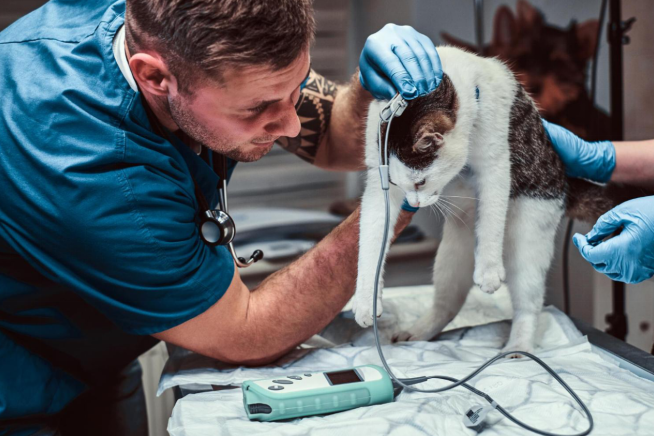
Benadryl can help, but it might cause issues too. This section lists what to watch for, what an overdose looks like, and how to check on your cat after giving it. We’ll go over common side effects, overdose signs, and monitoring tips.
Most cats handle Benadryl okay, but some get sleepy. That’s normal since it can calm them down. A few cats lose their appetite. Rarely, a cat might get excited instead of sleepy. These things usually go away, but keep an eye out.
Too much Benadryl is serious. Look for shaking or seizures, hard breathing, or a lot of restlessness.
If they sleep a lot or seem weird—like throwing up or acting jumpy—call your vet. This is extra important the first time you use it. Catching problems early keeps your cat safe.
Wondering how much give your cat Benadryl for this problem? This section explains when it might help and when it won’t. We’ll look at common uses and where it falls short.
But it’s not perfect. If your cat has a big allergic reaction—like trouble breathing from anaphylaxis—Benadryl won’t fix it. You need a vet right away for that. It’s also not great for long-term problems, like constant allergies or anxiety. It might help a little, but it’s not a full answer. For big issues, your vet has better options.
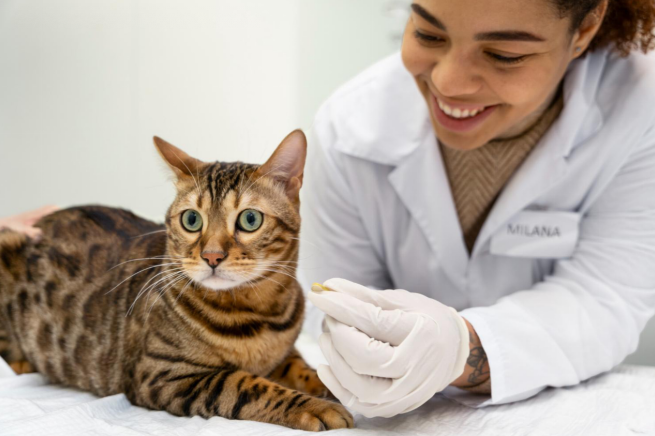
If give your cat Benadryl isn’t right, other choices might work better. This section covers different medicines, natural ideas, and vet options. We’ll explore three paths: other antihistamines, natural fixes, and stronger drugs.
You can try gentler things too. Vitamin E or fish oil can soothe itchy skin from allergies. Oatmeal shampoos calm irritation without drugs. Some people use CBD products for calmness, but only if a vet says it’s okay. These take longer to help but might avoid medicine altogether.
For big problems, vets have stronger stuff. Steroids can tackle tough allergies. Drugs like Cerenia stop nausea better than Benadryl for car trips. These need a vet’s okay, but they often work faster and last longer.
Finding the right fit depends on your cat. Talk to your vet to pick what’s best.
Cat owners ask lots of questions about Benadryl. Here are quick answers to the big ones.
Yes, if it’s just diphenhydramine and you measure it right.
Hide it in food or use a syringe. If that fails, ask your vet for help.
No, don’t give it to kittens under 6 months.
It’s not clear if it works for that. Ask your vet for something better.
Is it safe to give your cat Benadryl? Yes, you can use it to reduce allergies, discomfort from motion or slight nerves if you do it correctly. Administer 1 mg of an CBD oil for every pound your pet weighs and be sure to get their advice first. After administering fluids to your cat, watch to see if it reacts strangely. If your kitten, cat or pet with heart problems is pregnant, you need to consult your veterinarian first.
It can be useful for quick problems, but when the issue goes on for a while, I’d recommend trying a different kind of anti-allergen, natural ideas or medicines for pets.
Label:
Popular Post

What to Feed a Sick Dog With No Appetite? [2025 Guide]
May 16, 2023
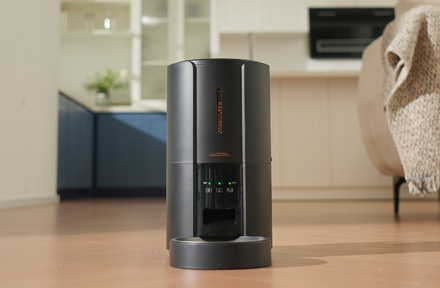
Troubleshooting Common Issues with Automatic Pet Feeders: Tips & Tricks for Pet Owners
Oct 26, 2023
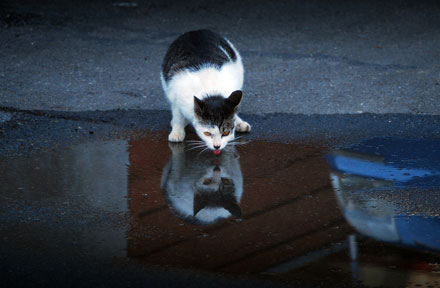
Why Does My Cat Cough After Drinking Water? 8 Potential Reasons
Mar 13, 2023

My Cat Only Eats A Little at A Time - What to Do?
Feb 27, 2023
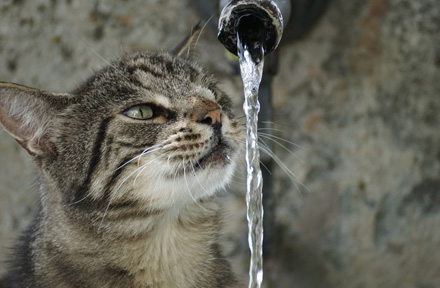
Why is My Cat Throwing up Water? Top 5 Causes Here
Feb 08, 2023
$99.99
$129.99
Copyright © 2025 WOPET. All Rights Reserved.